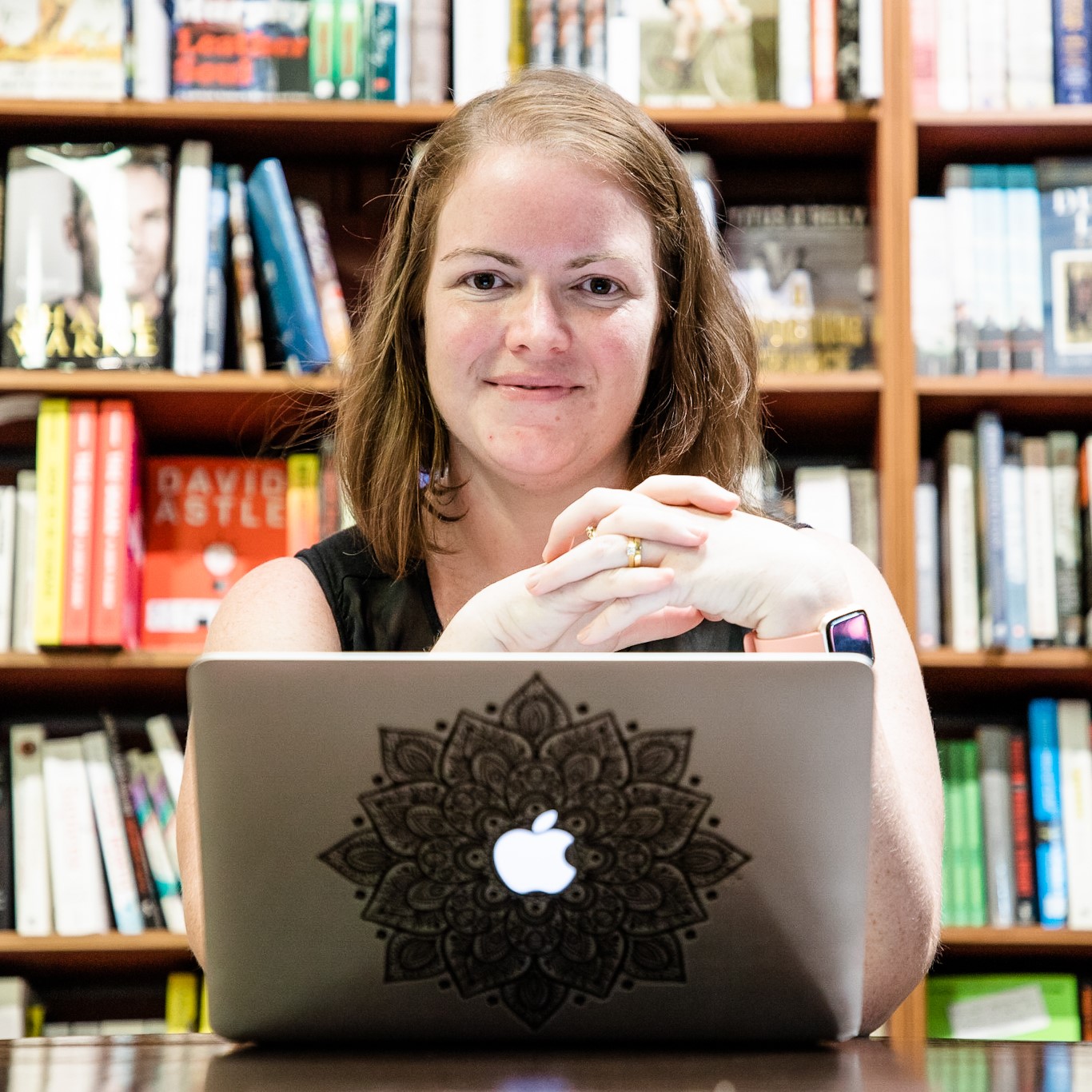Radiant Photo takes the guesswork out of editing family photos by auto-detecting settings and suggesting corrections. But it still gives you the power of creativity over your images.
When you’re used to Lightroom and Lightroom Classic (like me) it takes a little bit of mental adjustment to find what you’re looking for in Radiant Photo. It’s easy to learn, though, and get good results quickly. It works a little differently to what I’m used to, but that’s its power: The personalized control over the AI is unlike any other software I’ve used.
I’m going to show some of the ways I edit family photos with Radiant Photo here. Let’s dive in.
Radiant Photo quickly corrects underexposed images
This batch of photos were all underexposed and Radiant Photo immediately corrected this without me needing to do anything manually. After import corrections were made, I tweaked the settings in the “Detailed Edit” panel. I wanted a bit more “Vibrancy” (Detailed Edit > Color > Vibrancy). I also adjusted some settings in the “Tone” panel (Detailed Edit > Tone). “Light Diffusion,“ “Depth” and “Skin & Depth Bias” are useful to get the right balance in the photo.


On import, Radiant Photo auto-detected a color tint to the photos. I left the “Tint Correction” as is, but you can make adjustments in Detailed Edit > Smart Editing > Tone > Tint Correction if you want to.

After making the adjustments to my first image, “Sync all” in the “Filmstrip” applies the changes to all the others. It is a lot quicker than Lightroom Classic to sync all edits from one photo to the rest in the Filmstrip. It was effectively instantaneous to sync the five photos in this batch.
Editing family photos with Radiant Photo Presets you have created
Radiant Photo’s point of difference to other editing software is the personalized AI used. It lets you train your own “Smart Presets” to automatically edit photos based on your photographic style. These are the “Presets” that are automatically applied when your photo is imported into Radiant Photo. You’ll find this in the left panel under Smart Presets.
When you first start using Radiant Photo your Smart Presets will be set to “Radiant Photo – Pro.” You’ll see there a list of subjects: “People, People – Night, People – White Background,” etc. When you open a photo, Radiant Photo detects what’s in the scene (the “Detected” notification will show to the right of the “Smart Preset” dropdown, and the scene type will turn orange).

If you don’t agree with the detection, you can click on another (e.g People – Night instead of People) and the settings associated with this Smart Preset will be applied to your photo. You’ll notice that the Detected notification turns into an orange “Detect” button so you can revert to AI scene detection mode at will.
Creating a new set of Smart Presets for your editing style
Once I had my photos looking just right for my style, I updated the Smart Presets to make the same changes each time I work in Radiant Photo. After your Detailed Edit changes are made, click the three-dot menu to the right of the Smart Presets panel header:
Smart Presets > Menu > Save preset

Choose “My Smart Presets” as the group to save to. You’ll notice that you’re saving over one of the presets. E.g. I am saving over the People preset here. Click the “Save” button to finish up.
Now, I can switch into My Smart Presets using the dropdown in the Smart Presets panel. Now, when I open a photo and Radiant Photo detects that the subject is People, my new saved People settings are applied.
Radiant Photo Presets are relative, not absolute
The most appealing thing for me about Radiant Photo Smart Presets are that the settings are applied relative to each and every photo. I saved my new People Smart Preset based on the very underexposed images that I was working with to begin with. However, because the “Exposure” is set as Low, Medium or High, it judges what’s necessary based on the individual image.

On importing this much brighter photo, my desired settings are applied perfectly, no adjustment needed. The Radiant Photo AI works out what Medium Exposure looks like for this exact photo. Tint Correction is applied only if detected, and so on. It’s a huge time-saver. Plus, you can buy (and sell your own) Preset collections in the Radiant Imaging Labs marketplace.


New Color Grade tools in Radiant Photo to add creative LOOKs to your photos
The recent update to Radiant Photo improved the Color Grade tools. Photographers who love the look of film stock will love this: There are dozens of film stocks to choose from. They are brilliant for creating different emotional effects.
Because film stocks are applied over the basic edits, I got my photo looking right first, going for a balanced, true color edit. For this batch I then applied Teal Film (find it in Color Grade > Color Film Stocks > Teal Film) over the top of the edits. Before, true color and Teal Film shown below. (You can get more LOOKs in the marketplace.)



Exporting all edited family photos in Radiant Photo
Once my edits were done I used the “Save All” button in the top right. This exports all photos in the Filmstrip. I set the filename to distinguish them from my originals.
When exporting you can create JPG in Radiant Photo. I am using Radiant Photo with Lightroom, however, so I exported as TIF files to maintain quality. You can streamline your workflow further by batch processing using Radiant Photo and Lightroom Classic.
Give Radiant Photo a go, and see how quickly you can create beautiful images in your own style with the personalized AI engine.














Hello, I can’t understand how to correct a photo that has an inclined horizon, what experience do you have? Otherwise, I like Radiant photo, it helps a lot. Thank you.